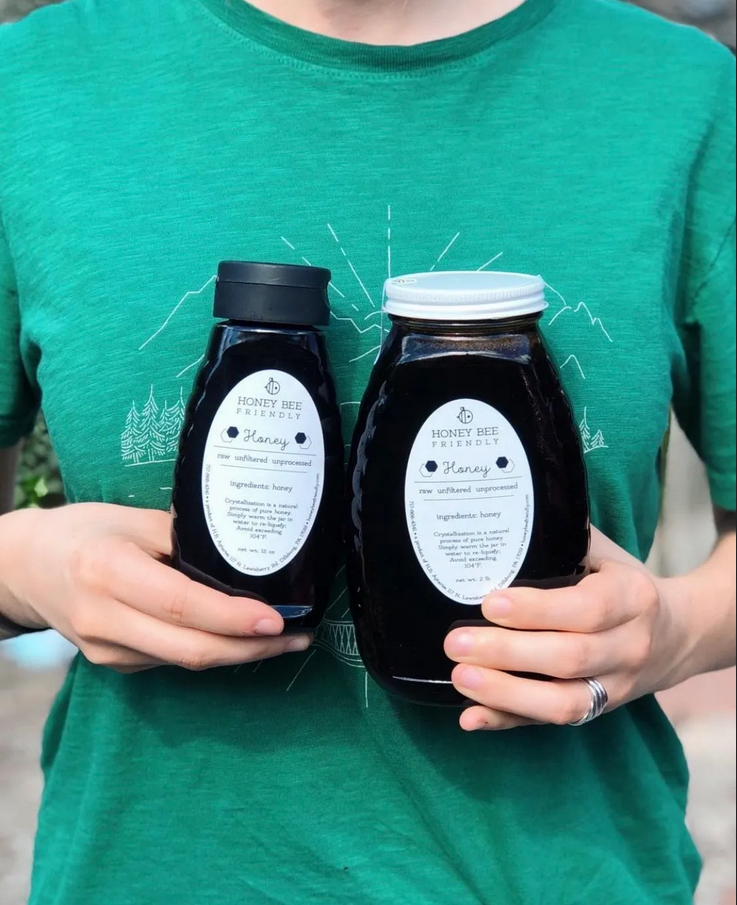
Single Source Honey and Where it Comes From
There are two types of honey: single-source and poly-floral. Poly-floral honey is most commonly found from the hives of small-scale beekeepers such as hobbyists or local beekeepers who sell honey at farmers’ markets. These hives tend to be set in residential or small-farm zones meaning that the food in bloom for foraging can range widely. This honey is typically labelled “Wildflower” on the packaging and is the best type of honey to eat for combating seasonal allergies. Wildflower honey can look and taste different depending on when or where it was harvested. Spring-time honey tends to be lighter in color whereas Fall-time honey tends to be deeper in color and have a bolder taste. Every region is different, if you’re buying wildflower honey for allergies, buy raw and buy regional.
Single-source honey is quite different. Different in taste, different in color and different in the way it is made. In order to get a true, single-sourced honey, the surrounding 3-mile radius of honey production hives has to be the same crop. This is usually attained by placing your hives in the middle of a large agricultural farms. Large scale beekeepers are able to contract their bees to these farms for pollination and this is how you get honey varieties such as Orange-Blossom, Clover, Alfalfa, Apple-Blossom or any other agricultural crops. Occasionally you can get wild single-sourced honey, but the window is short, and the location must be perfect! For example, Japanese Knotweed is an invasive species that is typically eradicated in residential areas but in Centralia, Pennsylvania this plant grows wild. Residents have fled the area due to underground fires so when the Japanese Knotweed blooms, it’s an endless buffet of food for honeybees. No large-scale beekeeping operation is moving their bees to Centralia though for a unique honey harvest, instead, this is something more likely done by small scale beekeepers. These wild single sourced honeys are less commonly found and require large efforts on the beekeeper’s part to obtain. Each single source honey has a unique color and flavor palette that will be the same time and time again. Japanese Knotweed honey will always be deep red with rich malty flavors, Sourwood Honey will always be pale white with strong vanilla flavors and Orange-Blossom honey will always be medium amber with vibrant fruity and floral flavors.

